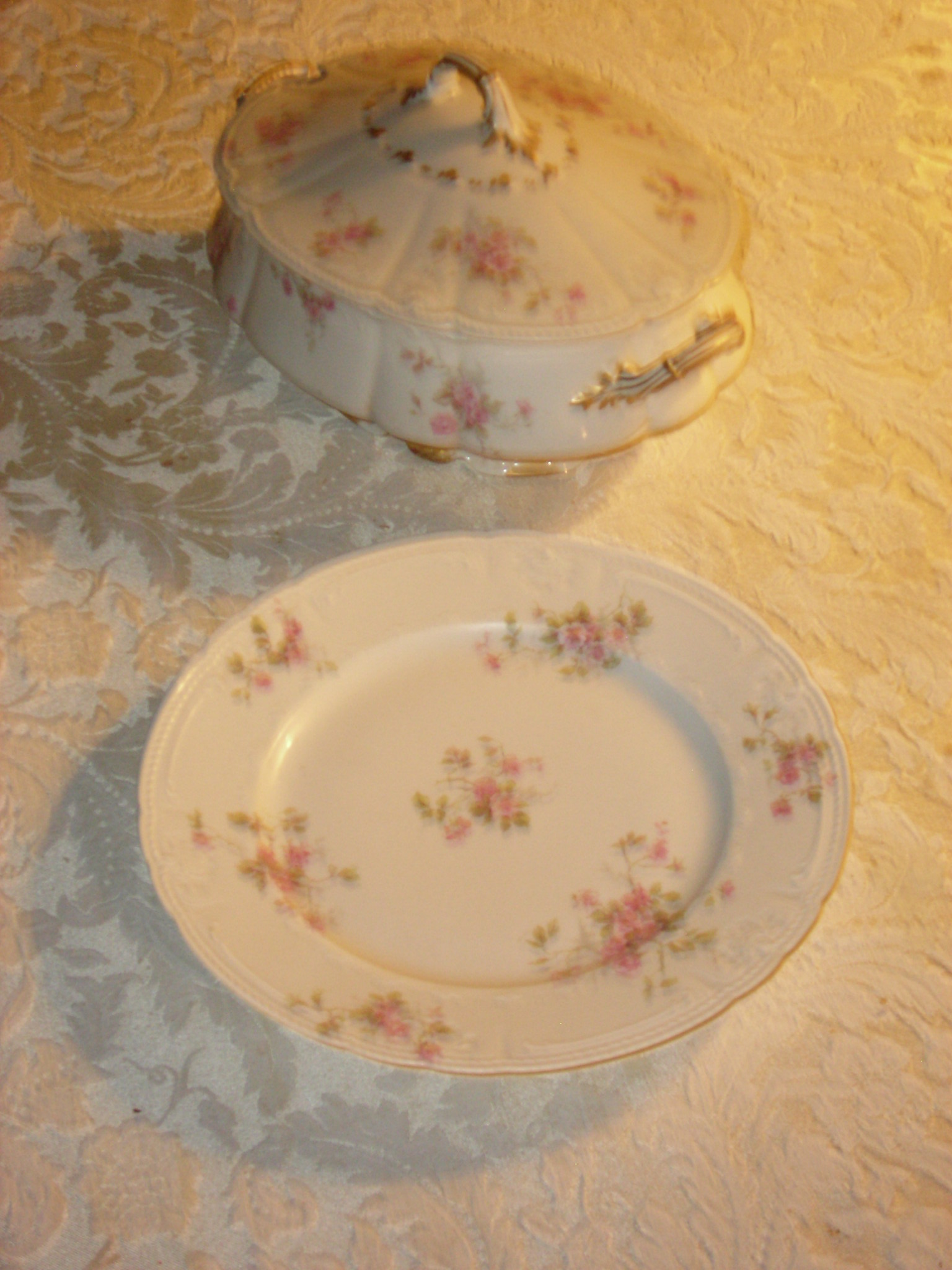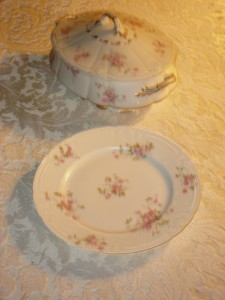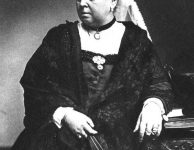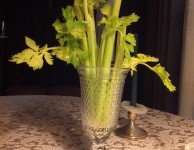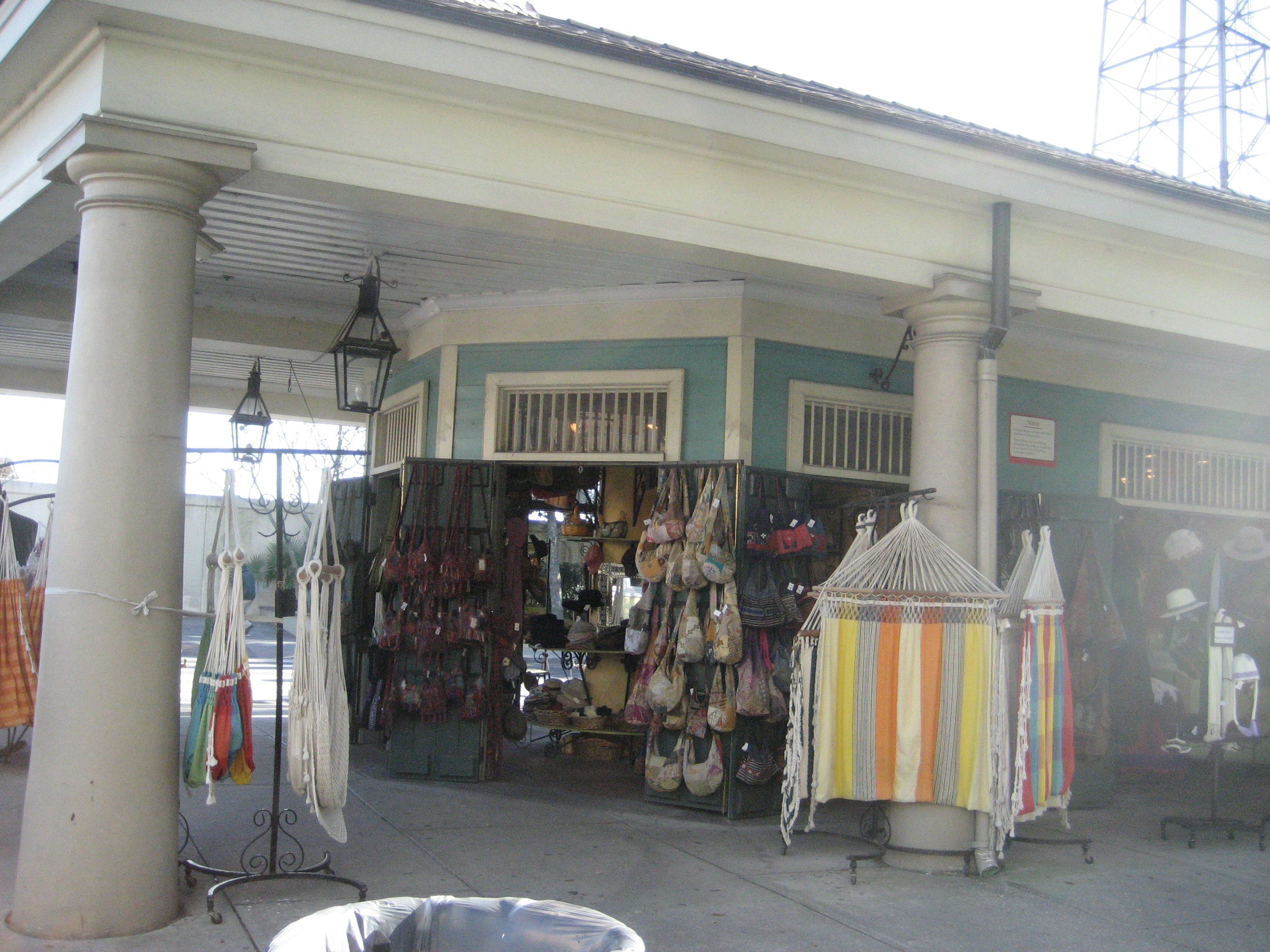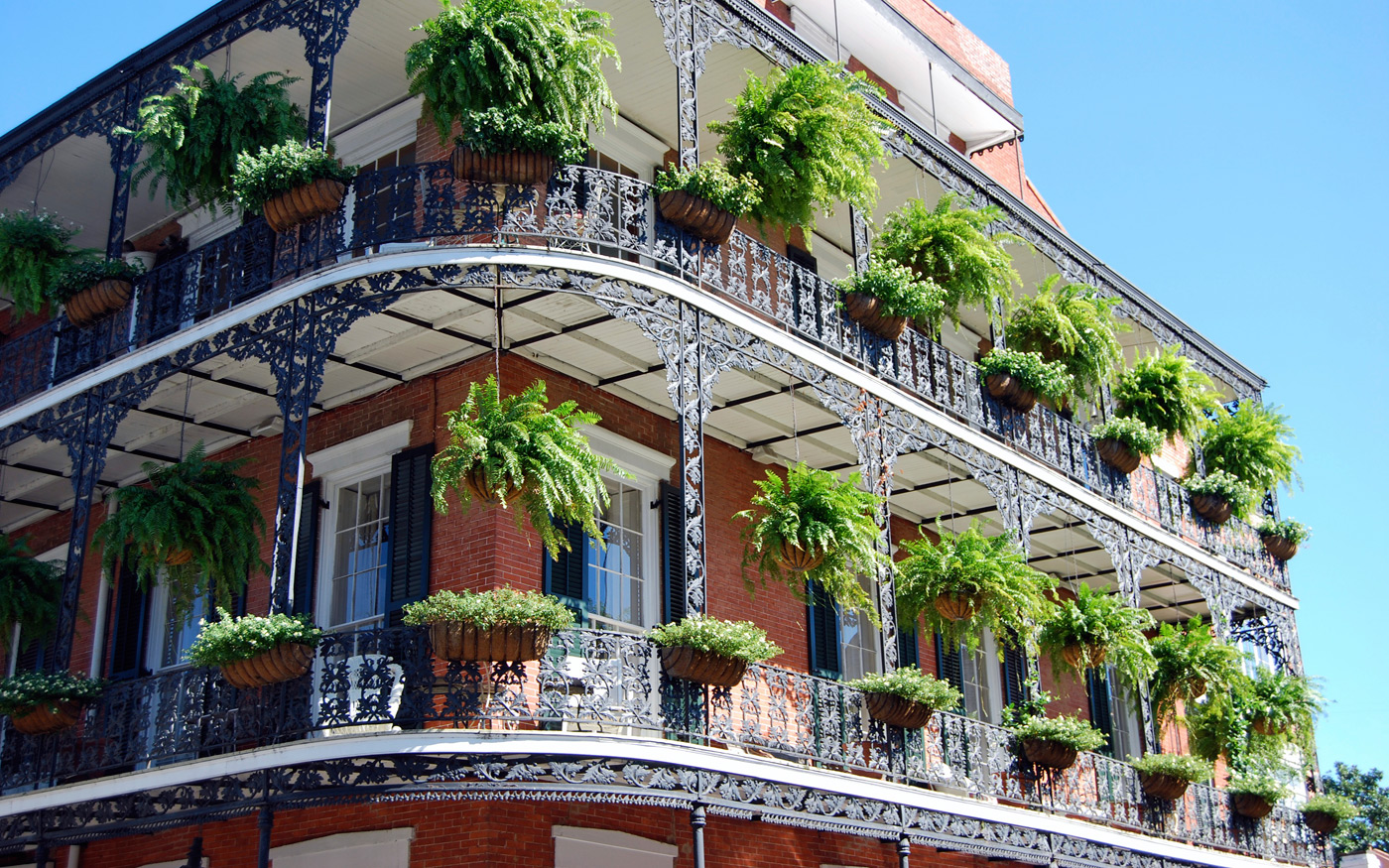Dining on Haviland
Mary Reporting. Tour any Victorian home and invariably there’s an elegant dining room, with every inch of the table’s surface covered with fine china and silver flatware.
In the adjacent butler’s pantry, the guide never fails to note that the lady of the house generally washed her own dishes and put them away. She took responsibility for her fine china because it was imported and very expensive. Haviland china, the favorite of American Victorians, is still made today. A 5-piece plate setting costs as much as $1,000.
It’s remarkable that America, rich in natural resources, did not have a source of the particularly fine white clay, called kaolin, needed to make porcelain. The Chinese had used kaolin to make delicate but strong porcelain since the 900s. Approximately 800 years later, by the 1700s, Germany and France found kaolin in the Alps and began to manufacture their own china. Around the same time, English potters developed a formula using animal bone ash to make fine bone china, comparable in quality to that of China, Germany and France.
Throughout the 1800s, Americans continued to import their dinnerware across perilous seas. Eventually, however, they enjoyed a brand made in France, but stamped with an American’s name—Haviland.
Legend has it that a client came to David Haviland’s china import shop in New York City with a broken teacup she wanted to match. Delicate and almost translucent, the china intrigued Haviland. He suspected it was French, so he set off to travel that country until he found the factory that produced the cup. (Now if that’s not superb customer service, I don’t know what is!) He found the factory in the region of Limoges, home of a large supply of kaolin.
Haviland placed orders with the factory, but wasn’t satisfied with the product. Certain he could produce fine china for the growing American market, Haviland moved his family to Limoges in 1842. He built his own factory, geared the designs of the dishes and the patterns to American tastes and hired a studio of artists to decorate the dinnerware.
In 1861, Mary Todd Lincoln ordered a set of Haviland for state dinners. Plates featured the U.S. Coat of Arms in its center with an American bald eagle above it. In 1879, First Lady Lucy Hayes hired an artist to produce 130 different designs of American plants, animals and scenic views. She sent these to Haviland for production.
With no less than the President and his guests eating on Haviland, its popularity grew. By the 1880s, status-conscious American brides chose Haviland as their wedding china.
At the Colville family’s reveillon on Christmas Eve in When a Lady Loves, the second novel in the Love in New Orleans Series, Maureen Collins admires the lavish food and beautiful china: “At least sixteen-feet long, the banquet table practically sagged in the center under the weight of the sumptuous repast. Maureen picked up a Haviland china plate with a delicate pink rose pattern, and followed Renee in the buffet line.”
In my family, my grandmother’s Haviland was so treasured, it was rarely used. And never by children. It graced the upper shelves in the kitchen cabinets, so high I couldn’t have reached it with a stepladder even if I’d dared. I believe I was 16 the first time I enjoyed dinner on Haviland china. To this day, the Haviland remains on the upper shelves. After all, it’s too delicate to put in a dishwasher.

